Dawn Redwood Tree
- June 19, 2023
- 1 comment

- Common Name: Dawn Redwood
- Botanical Name: Metasequoia glyptostroboides
- Family: Cupressaceae
- Plant Type: Deciduous conifer
The natural world is full of wonders, and the Dawn Redwood tree (Metasequoia glyptostroboides) stands as a testament to the beauty and resilience of nature. This remarkable tree, also known as the “living fossil,” has captured the imagination of botanists, nature enthusiasts, and curious minds for decades. Let’s embark on a journey to discover the captivating features and intriguing facts about Dawn Redwood.
Lumber
Dawn Redwood lumber is derived from the Dawn Redwood tree (scientifically known as Metasequoia glyptostroboides). This species is revered for its historical significance as a “living fossil” and its beautiful wood. The lumber is highly sought after for various woodworking projects due to its unique properties and aesthetic appeal.
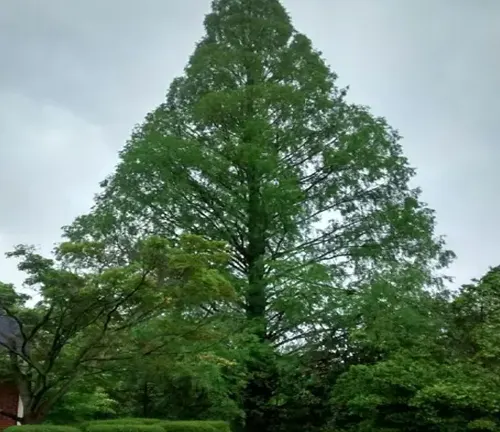
Mature Size and Growth Rate
The Dawn Redwood is an awe-inspiring tree that can reach impressive heights of up to 70-100 feet (21-30 meters) and spread its branches to a width of 25-40 feet (7-12 meters). With a fast growth rate, this tree can put on several feet of growth in a single year, making it an excellent choice for those seeking a majestic addition to their landscape.
Soil Type
The Dawn Redwood (Metasequoia glyptostroboides) displays remarkable adaptability to a wide range of soil types, making it a resilient choice for various planting environments. Whether you have loamy, clay-rich, or sandy soils, this deciduous conifer can establish itself successfully. However, the key to its optimal growth lies in providing it with a soil medium that is consistently moist and well-draining. In these conditions, the Dawn Redwood thrives, producing lush foliage and robust growth. Nonetheless, one of its notable attributes is its capacity to endure occasional periods of drought. While it may not excel in arid environments, it can withstand short episodes of reduced moisture availability, thanks to its remarkable hardiness and ability to adapt.
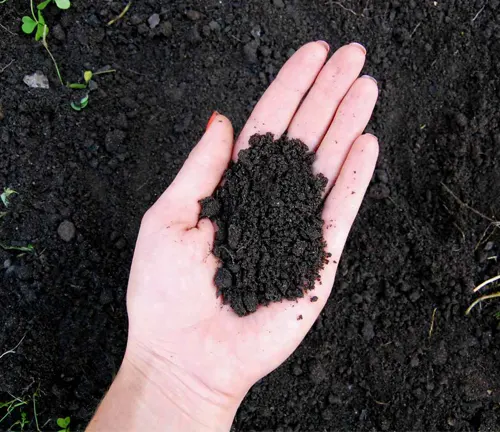
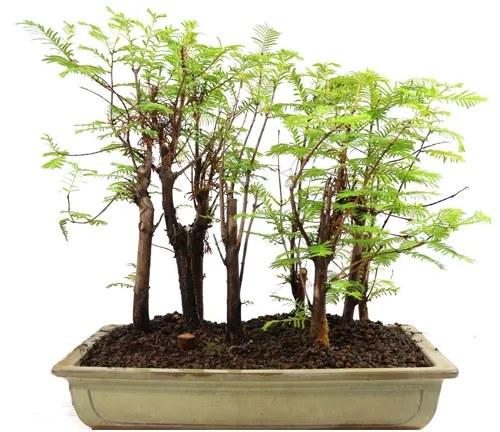
Soil Preference
While it can tolerate a range of soil types, the Dawn Redwood prefers slightly acidic to neutral soil pH levels ranging from 6.0 to 7.5.
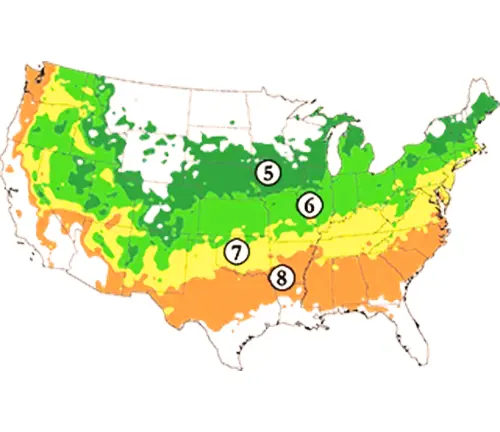
Hardiness Zones
This magnificent tree is well-suited for growing in hardiness zones 5 to 8, which encompass a wide range of temperate climates.
Sun Preference
The Dawn Redwood flourishes in full sun exposure, but it can also tolerate partial shade. However, it may not develop its full potential in shady conditions.
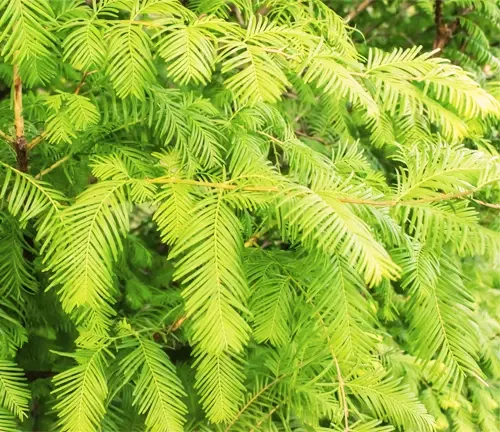
Attributes and Characteristics
One of the most remarkable characteristics of the Dawn Redwood is its unique foliage. The leaves are fern-like and feathery, arranged in an opposite pattern along the branches. In spring, the leaves emerge with a vibrant green color, transforming into a rich coppery hue in the fall, creating a breathtaking autumn display. The tree also features an elegant pyramidal shape, making it an attractive focal point in any landscape.
Wildlife Value
The Dawn Redwood plays a vital role in supporting wildlife. Its dense branches provide excellent nesting sites for birds, while the tree’s seeds serve as a food source for various wildlife, including squirrels and small mammals.
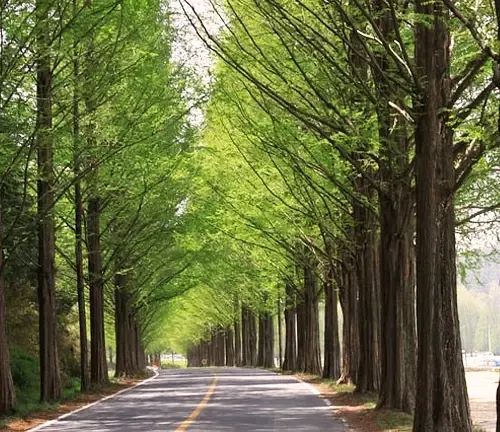
Care
Taking care of Dawn Redwood is relatively low-maintenance. Regular watering during the first few years after planting helps establish a robust root system. Once established, the tree becomes more drought-tolerant. Applying a layer of organic mulch around the tree’s base helps conserve moisture and suppress weed growth. Pruning is typically unnecessary unless there are specific shaping or safety concerns.
Benefits
Apart from its aesthetic appeal, the Dawn Redwood offers several benefits to both humans and the environment. The tree provides shade, reducing the need for excessive cooling during hot summer months. Additionally, its extensive root system helps prevent soil erosion. As a carbon sink, it contributes to mitigating climate change by absorbing and storing carbon dioxide.
Invasive
The Dawn Redwood is not considered invasive in most regions. However, it is essential to research and consult local authorities to ensure it is suitable for your specific area.
Lifespan
With proper care and ideal growing conditions, the Dawn Redwood can live for centuries. Some specimens have been documented to exceed 1,000 years, making them living witnesses to history.
Disadvantage
One potential disadvantage of the Dawn Redwood is the large size it can reach. While this might be a desirable feature in open spaces, it may pose challenges when planting in smaller residential landscapes.
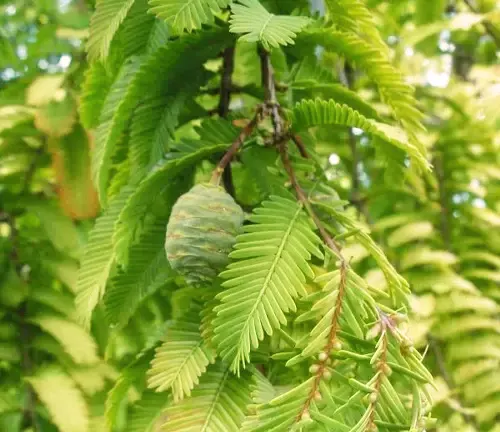
Edible or Not
The Dawn Redwood does not produce edible fruits or nuts for human consumption.
Habitat Requirements
The native habitat of the Dawn Redwood is limited to certain regions of China. It thrives in areas with mild, humid climates and ample rainfall.
Name Origin
The name “Dawn Redwood” reflects the tree’s unique characteristics. It refers to the reddish color of the wood and the fact that the tree was once thought to be extinct until its rediscovery in the 1940s.
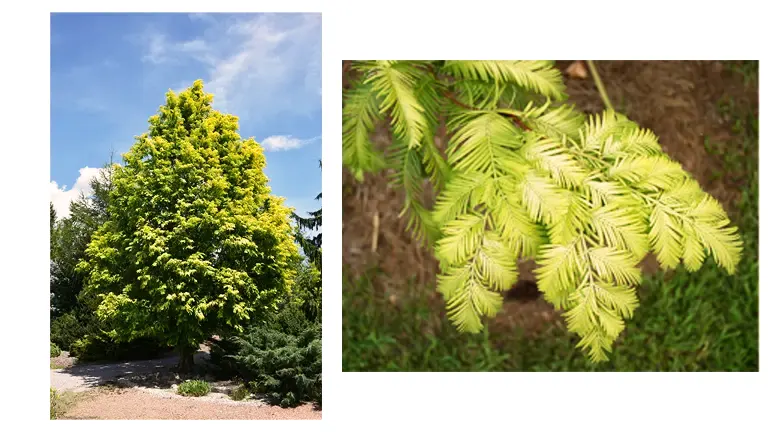
Varieties
While the species Metasequoia glyptostroboides is the most commonly known, there are a few cultivars available, such as ‘Gold Rush,’ which has golden foliage, and ‘Ogon,’ which features bright yellow-green leaves.
Pruning
Pruning is generally unnecessary for the Dawn Redwood, except for removing dead, damaged, or crossing branches. It is advisable to prune during the dormant season to minimize stress on the tree.
Propagating
The Dawn Redwood can be propagated through both seed and cuttings. Seeds should be stratified before planting, while cuttings can be taken from young, vigorous shoots.
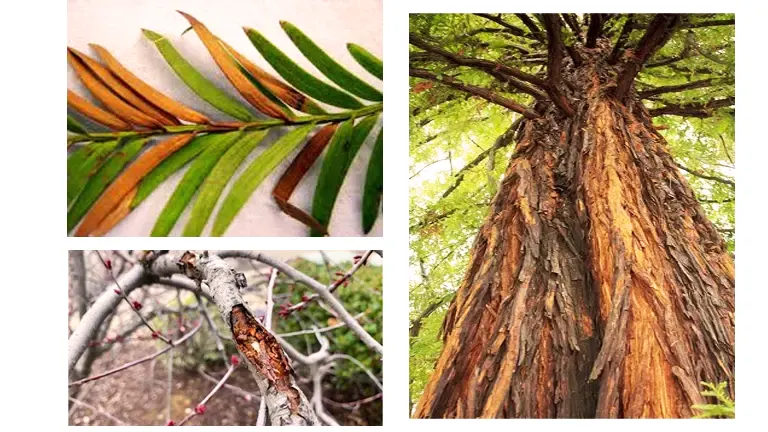
Common Pests & Diseases
While relatively pest and disease-resistant, the Dawn Redwood may occasionally face issues with aphids, spider mites, and leaf spot diseases. Regular inspections and appropriate measures can help mitigate these concerns.
Discover the difference today and explore our range of Forestry Services – don’t miss out on the opportunity to elevate your experience!
Fun Facts
- The Dawn Redwood is considered a “living fossil” because it was thought to be extinct for millions of years until a small population was discovered in central China in the 1940s.
- The tree’s scientific name, Metasequoia, means “like a sequoia but different,” emphasizing its similarity to the giant sequoias and coastal redwoods.
- Dawn Redwoods have been successfully planted and cultivated worldwide, including in North America, Europe, and Australia.
- Fossils of the Dawn Redwood have been found in North America and Greenland, indicating its presence in these regions millions of years ago.
Frequently Asked Questions
- Can I grow a Dawn Redwood in a small garden?
While the Dawn Redwood can grow to be quite large, there are compact cultivars available that are better suited for smaller landscapes. - Do I need to water the Dawn Redwood regularly?
Watering is essential during the first few years after planting. Once established, the tree becomes more tolerant of drought conditions. - Is the wood of the Dawn Redwood valuable?
The wood is generally not commercially valuable due to its relatively soft and lightweight nature. However, it can be used for crafting smaller items. - Can I plant a Dawn Redwood in a container?
While possible to plant a young Dawn Redwood in a large container, it is not recommended for long-term growth. The tree’s size and root system require ample space in the ground to thrive. - How fast does the Dawn Redwood grow?
The Dawn Redwood is known for its rapid growth rate, often gaining several feet in height each year under favorable conditions.
The Dawn Redwood is a true marvel of the natural world, captivating all who encounter its beauty. With its unique characteristics, historical significance, and ecological benefits, it continues to inspire awe and admiration. Whether gracing a park, garden, or arboretum, this living fossil is a testament to the resilience and magnificence of nature’s wonders.


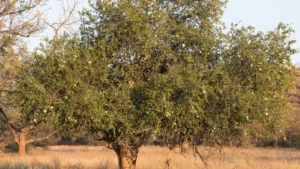
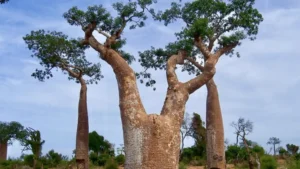
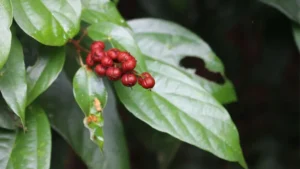

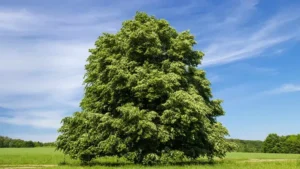

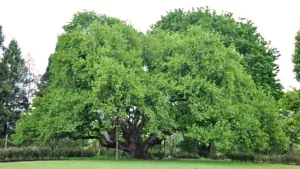
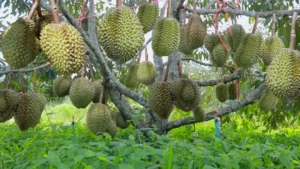

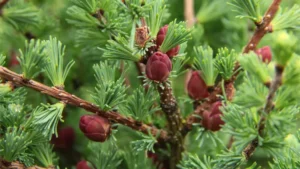
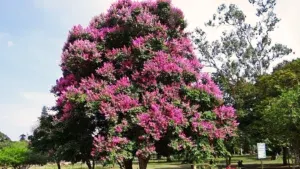
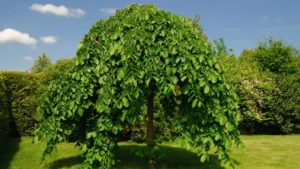
Can a Red Dawn Redwood be planted in an area near many Black Walnut trees? It is being planted as a memorial for a friend who passed away. It would be planted in an established grove of walnut trees at the college. I am pretty sure a white oak or pin oak would work but then someone suggested a Red Dawn Redwood. Thank you for your help.
Kathleen Kelly
August 21, 2023 12:54 am